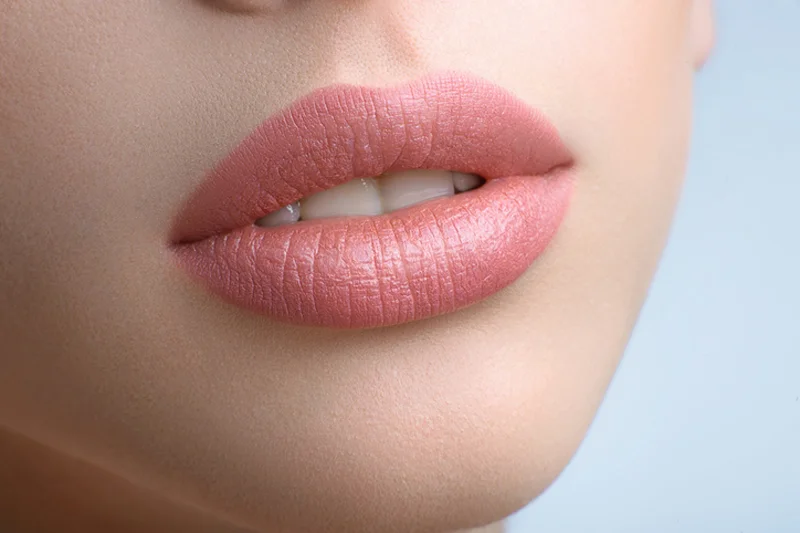The practice of making tattoos by the native people of New Zealand is ancient; it existed before the coming of Europeans. lip blushing perth is one of the most considerable events of Maori culture. The process of marking the body is called Ta Moko. These tattoos were worn to signify different things such as a rank, identity, family or tribal history, beauty and much more. The shapes and meanings of Moko are varied. All men had a tattoo on their face and on the other parts of the body except commoners and slaves. The right-side of the face marked the membership of the wearer’s father; on the left-side it signified the information about mother’s position and social rank. The male facial tattoo is divided into eight parts, each of them has their own name: Ngakaipikirau identifies rank, Ngunga shows the position, Uirere refers to hapu rank, Uma keeps the information about the first or the second marriage, Raurau marks the signature, Taiohou informs about the wearer’s occupation, Wairua identifies the mana and Taitoto shows the birth status.
Women were also tattooed, but they had some limitations – back and legs, genitals, buttocks. The lips and chin were usually inked blue, it was considered beautiful. The instruments used by Maori people were pieces of bone, shell, called uhi, which were struck with mallet into the skin. This process was painful; sometimes the cuts were so deep that they went through the cheek. The procedure was actually a ritual, with dances and different chants. During the tattooing process people were prohibited from eating and having sexual relations.
According to Maori ancient myth, tattooing started with a love affair between a young princess, named Niwareka, and a young man – Mataora. Niwareka was the princess of the underworld and the daughter of a tohunga ta moko, which means the master-artist of ta moko. She had a wish to explore the upper-world, there she met Mataora. They fell in love with each other and soon married. There was not ta moko in the world of Mataora so he wore designs painted on his face and body.
One day he abused his wife and she left him running back to her father. The young man felt that he made a terrible mistake and began to seek his princess. When he finally found her, he was so exhausted because of his long trip that the paint on his face was messed. The people of the other world laughed at him. He was ashamed so he asked the father-in-law to teach him the art of ta moko. Niwareka forgave him and finally went back to the world above, bringing with them the knowledge of ta moko.
Today most of Maori tattoos are done with a tattoo machine, though there are some people who prefer traditional ways to the modern ones. More women are involved in tattooing. The new generations learn about their roots, they respect their history and traditions and are proud to be Maori. In all Moko will always be a significant part of the maori culture and heritage.

